At Mornington Peninsula Headache Clinic we treat all types of headache and migraines. How is this possible you ask? All headache types have a common underlying problem indicating overstimulation resulting in head, neck or face pain. This issue is there even when you don’t have a headache. This is why the neck is so critical in this process because the nerves from the top of the neck are one of two major inputs into this system.
What does this really mean?
Let’s explore this idea further…reflexes associated with an area of the brainstem called the trigeminocervical nucleus (TCN) show increased activity or hyper-excitability in ALL major headache types (migraine, menstrual migraine, tension-type headache and cluster headache). In effect these group of nerves is like a powder keg waiting for a spark (triggers) to blow it up. Why identifying the spark is helpful we treat the powder keg and keep it under control.
What is the TCN and why is it important in all headache types?
The TCN is an area where the nerves that relay information from the face and head intermingle with the upper 3 cervical nerves in the neck. Activity in this area is controlled by Serotonin. The effect of the triptan group of medications is to help the body use Serotonin and “turn down” the activity level in the TCN.
“Research has shown the various triptans have been effective in ALL major headache types”
So not only do we have a pathophysiological mechanism (overactivity) common to all major headache types, but we have a neuroanatomical structure, the TCN, that connects this activity directly to the site of symptoms, and the upper cervical spine feeds directly into it.
It is not hard to see that if you have a problem with your upper cervical spine, and you are prone to having increased activity levels in your TCN, that the neck could quite easily cause you to have a headache or migraine.
So what types of headache and migraine do we treat?
• Tension Type Headache Treatment
• New daily persistent headache (NDPH)
• Vestibular Migraine
• Episodic + Chronic Cluster Headache
• Silent Migraine (Migraine aura without headpain)
• Abdominal migraine
• Familial Hemiplegic Migraine
• Chronic Sinusitis
• Trigeminal Neuralgia
• Paroxysmal hemicranias
• SUNCT (Short-lasting Unilateral Neuralgiform headache attacks with Conjunctival ejection and Tearing)
• Hemicrania Continua
• Primary exertional headache
• Orgasmic/Pre-orgasmic headache
• Primary Thunderclap headache
• Hypnic Headache
• Medication overuse headache (Triptan, analgesic, opioid, ergotamine)

